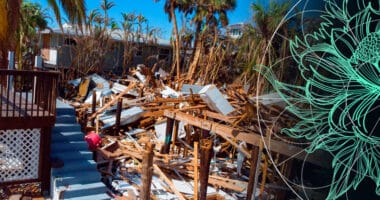Insured losses
What is ‘loss’ in insurance? Insured loss is the financial damage one suffers due to an insurable event. Under the terms of a policy, the insured needs to incur a loss in order for them to have a claim for damages. This could mean a property loss, such as damage as a result of a fire that burned down a house.
A loss in insurance terms is a reduction in asset or property value or damage of said assets or property due to an accident, natural disaster, man-made disaster, or other risks. Losses fall into one of two categories in terms of property insurance: direct loss or indirect loss.
When the holder of an insurance policy experiences a sudden and unexpected event that costs them money, it’s called a loss. Following a loss, the policyholder can ask their insurance company to pay them for what they’ve lost. This request is called a claim.
The insured property loss resulting from the crash of hijacked airplanes into World Trade Center and Pentagon, which is generally referred to as 9/11, amounted to 26.22 bn U.S. dollars.
In this section, we have collected the most current articles and reviews on the topic of the Insured losses.



















